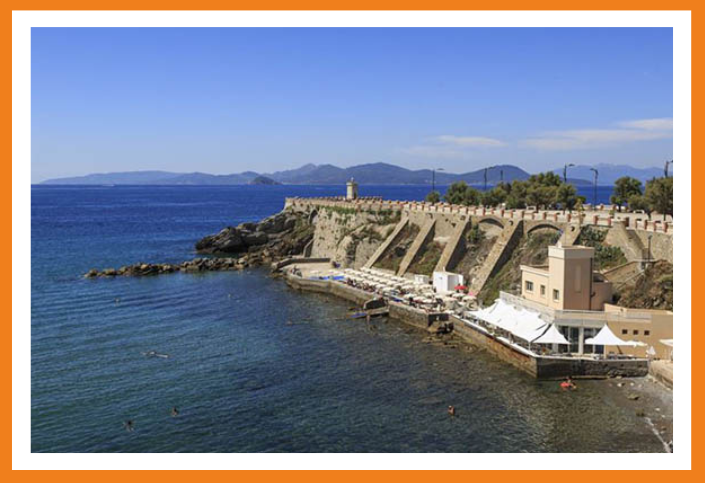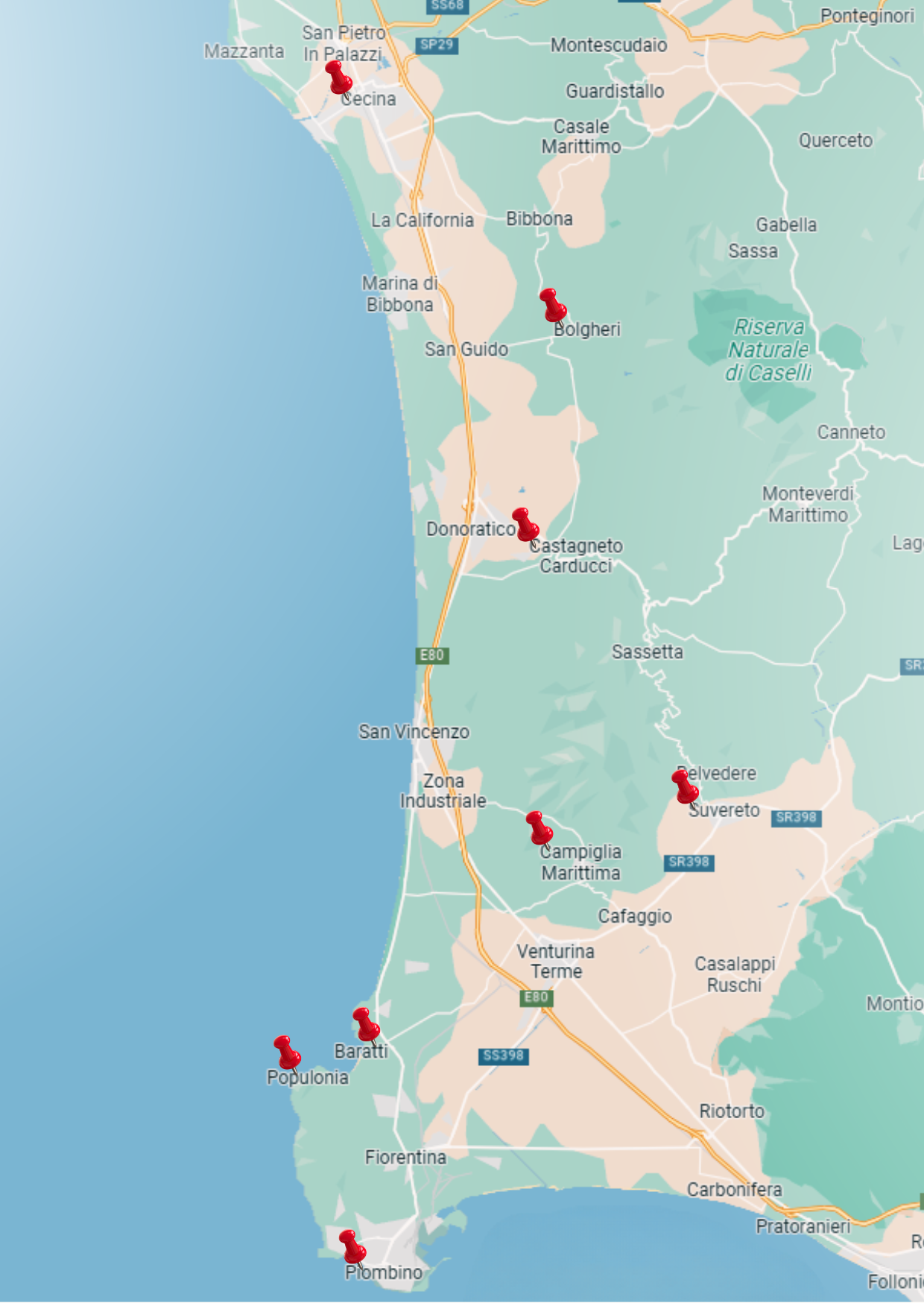
Between land and sea, the Etruscan coast is a graceful strip of land that between golden beaches and green hills descends from Livorno to Piombino.
Dunes and tombolos, cliffs and headlands, but also sheltered bays, coves and ports; all this helps to define the enchanting territory of the splendid coast. Thick pine forests, rows of cypress trees, cultivated fields and rows of vines make this territory rich in nature and history magical.
The ancient Etruscan civilization chose this land in the 9th century BC. to found Populonia: the acropolis, the temples, the lower city up to the port; every step in this place is a journey into the history of the Etruscans.
The Etruscan coast is also homeland of art and culture, in this land the famous Macchiaioli school established itself and talents such as Mascagni and Modigliani were born.
Not only landscapes but also excellent food, simple traditional products, which include seafood dishes, such as cacciucco, and land dishes, such as wild boar in dolce forte. Not to mention the sensory itineraries of the Wine and Oil Route.
In short, a land waiting to be discovered, seen and experienced!
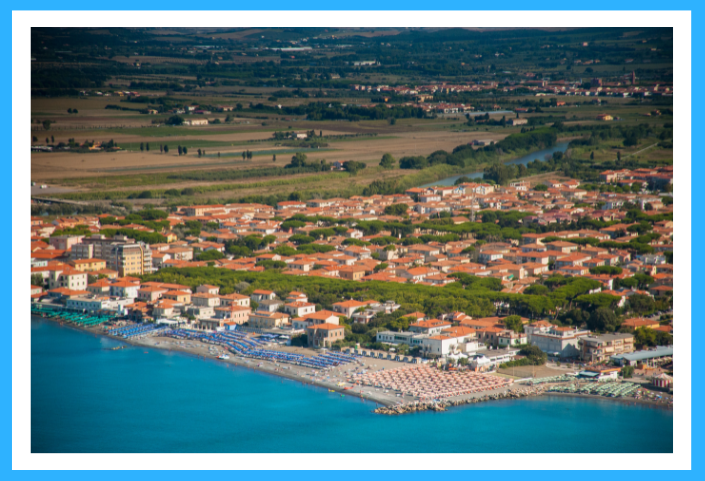
Follow me to Cecina, this is where our journey along the Etruscan Coast begins. Cecina is the second municipality in the province of Livorno in terms of population density, a true jewel in the heart of the upper Maremma. Blue Flag since 2006, Cecina offers large beaches and pristine coves but it is not just the sea that makes this location splendid; archaeological sites, monuments and valuable buildings make it a truly great place to spend your summer holidays but also a lovely town to live in.
We continue our journey together to Bolgheri, the famous medieval village known for its characteristic avenue of cypress trees also praised in Carducci's poetry. A suggestive panorama full of scents and splendid landscapes, characterized by craft shops and food and wine products but also by small restaurants with typical dishes. A perfect destination for walking and wine lovers, in fact Bolgheri produces world-famous wines, including Ornellaia and Sassicaia. A destination not to be missed during your stay on the Etruscan coast.
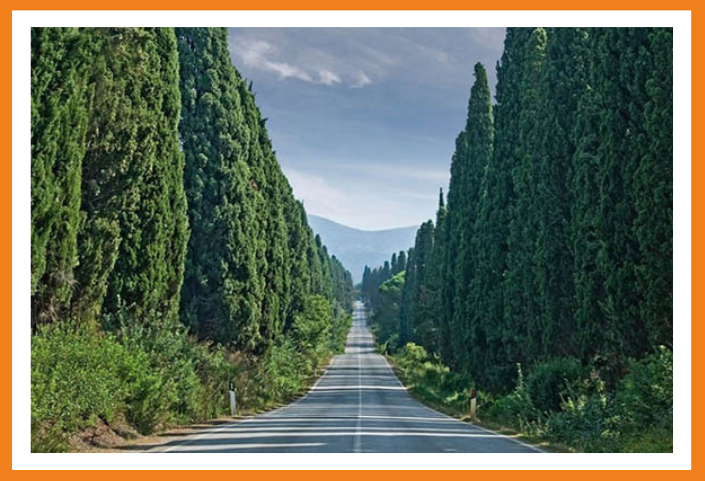
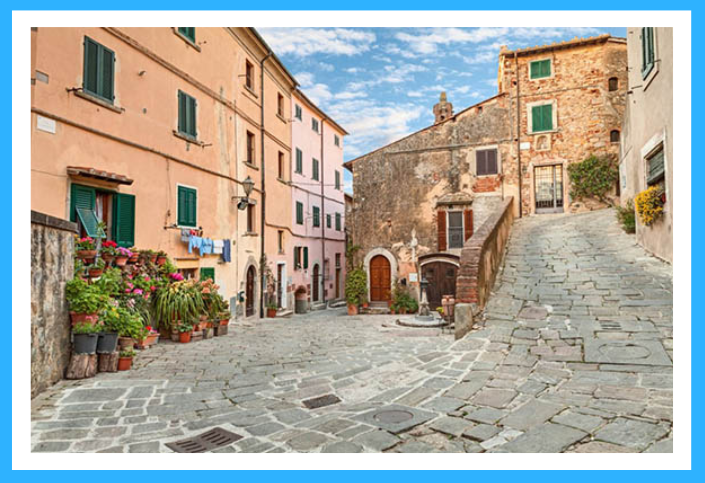
Let's resume our journey and move to Castagneto Carducci. Nestled on a hill, the town dominates the surrounding plain, dotted with olive groves and vineyards and with the blue sea in the background. Characteristic village with paved streets, small squares, shops and trattorias, it stands out for its medieval origins when it developed around the Gherardesca Castle. Architectural evidence of that period makes it pleasant and interesting to visit. Once you arrive, it is impossible not to travel along the Wine Route, along which some of the most appreciated wines in the world such as Bolgheri and Sassicaia are produced, without forgetting, in the surrounding countryside, the high quality extra virgin olive oils. quality. In the village there are important historical testimonies such as the Praetorian Palace, seat of the Municipality, and the Churches of San Lorenzo and Santissimo Croficisso (known for a famous fifteenth-century wooden crucifix). The town, which was originally called Castagneto Marittimo, changed its name at the beginning of the twentieth century in honor of the great poet Giosuè Carducci, who spent part of his life here. The house where Carducci lived today houses a museum full of testimonies.
We continue towards what is considered one of the most beautiful villages in Italy. Immersed in the green Val di Cornia, the town is a true treasure chest: its walls guard treasures made up of characteristic medieval streets, stone houses, historic buildings and evocative churches. All around are endless woods of chestnuts, oaks and, obviously, cork trees, hence the name of the town. Suvereto is located in a territory rich in cork oaks, centuries-old olive trees and vines, which reveals the local economic imprint, traditionally based on agriculture and livestock farming. The cork oak forests and the Mediterranean scrub dominate the landscape, enhancing the nature that surrounds the village still surrounded by crenellated walls. Naturally, development has added crafts and tourism to the local resources and it is now possible to access the recently established parks with mountain bikes, horses or simply via trekking routes.
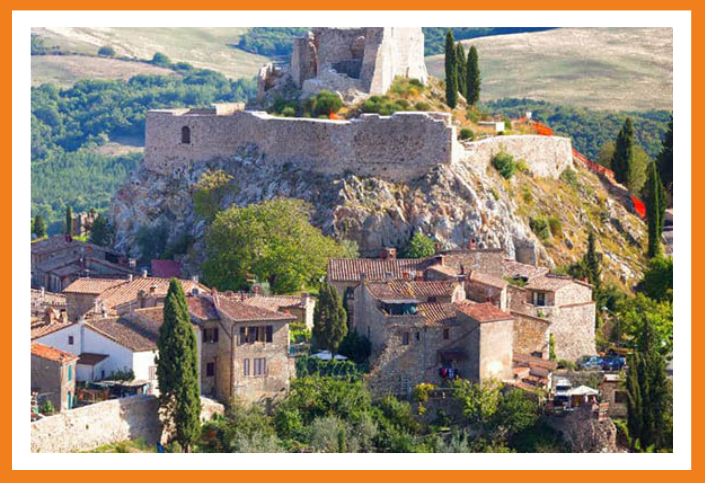
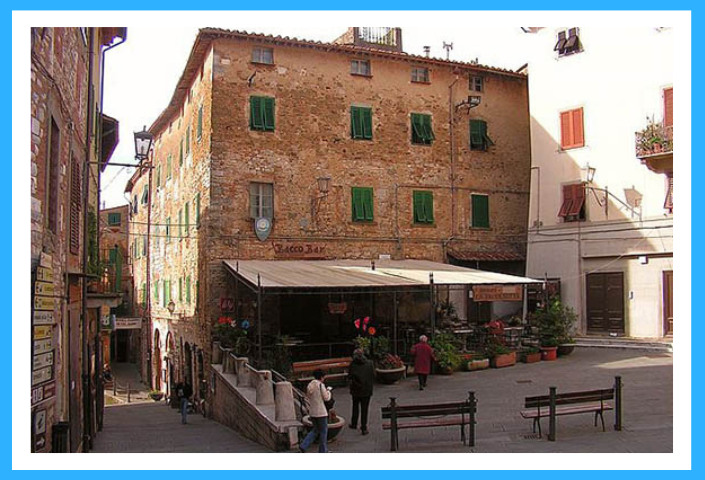
Continues to follow me to Campiglia Marittima, a town characterized by its splendid historic centre where the 12th century fortress, the Parish Church of San Giovanni, the parish church of San Lorenzo, the Praetorian Palace and the 19th century Teatro dei Concordi, constitute an urban fabric strongly influenced by medieval origins; with medieval towers and other historic buildings connected by characteristic streets and alleys.
In the municipal area of Campiglia Marittima there is the ancient thermal establishment of Venturina Terme, which was already known in Etruscan-Roman times by the name of Caldane, and has not lost an ounce of its timeless charm over the centuries.
Nature lovers will finally be able to explore the beautiful San Silvestro archaeo-mining park, extended for 450 hectares on the hilly system north of Campiglia, and in which the fascinating Rocca San Silvestro is located, an ancient mining village founded in the Middle Ages to exploit the copper, lead and silver deposits. In the Park you can also visit the Museum of Archeology and Minerals and then move on to the Temperino Mine, a 360 meter tunnel where you can enter armed with a protective helmet to discover how minerals were extracted from ancient times to the present day.
Now I want to take you to Baratti, one of my favorite places, it is a small seaside resort between the Tyrrhenian Sea and the Ligurian Sea, a few steps from Piombino, a splendid glimpse of nature where the sea crystalline meets the typical Maremma landscape.
On the gulf, history, nature and art create perfect harmony making it the perfect place to spend your holidays; in this area, in fact, you can also visit some of the necropolises in the archaeological park of Baratti and Populonia, together with the remains of the industrial district near the port; From Baratti starts a beautiful road which overlooks a wonderful panorama that connects the Gulf of Baratti to Populonia.
If you want to know more about this area, admire its colours, taste its flavors and inebriate yourself with its smells, all you have to do is pack your bags and leave!
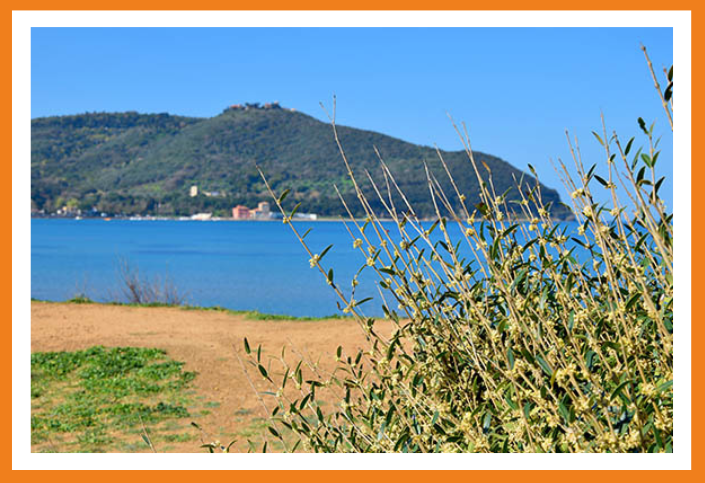
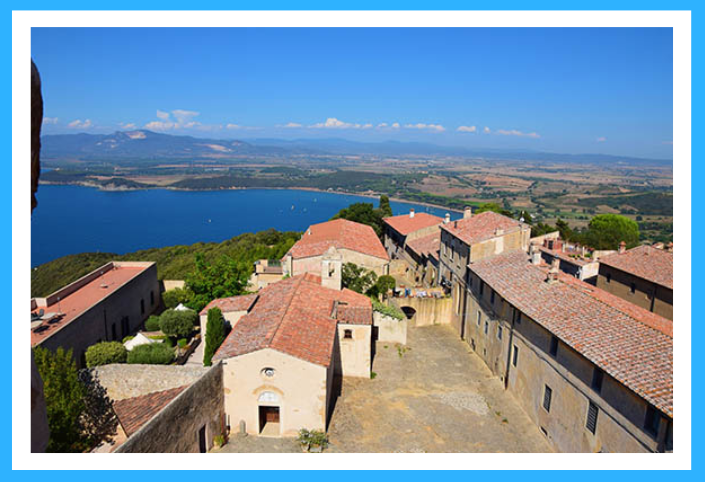
We have almost reached the end of our journey, it is time to stop in Populonia, an ancient Etruscan city, the only one to rise on the coast and one of the twelve centers called Dodecapoli, the city-states that were part of Etruria.
Located at the top of a hill surrounded by the sea, the ancient town is located in a dominant position on one of the promontories that form the Gulf of Baratti and features beautiful 15th century fortifications erected at the behest of the Lords of Piombino.
Near the current town the remains of the ancient city are visible, with the Etruscan walls and remains of buildings from the Roman era. There are also medieval walls, built for defense from pirates, as well as the Rocca, built in the first half of the 15th century and which inside contains paved alleys, small shops and the private Gasparri Collection, which preserves Etruscan and Roman finds from area of the city and from the underwater findings of the stretch of sea in front.
In short, a small center that exudes timeless charm thanks to its splendid ruins.
Here we are at the last stage of our itinerary to discover the Etruscan Coast, Piombino. Built on the sea, Piombino is today known above all for its port used for the transport of goods, but also for tourist purposes. In fact, ferries of the main maritime lines depart from here heading towards the islands of the Tuscan Archipelago as well as those heading towards Sardinia and Corsica.
In addition to the port, Piombino also has a small historical center that is worth visiting, with: the door of Sant'Antonino, the oldest monument in Piombino dating back to 1200; the Rivellino, an imposing semicircular construction reinforcing the gate, a military structure, built in 1400 for defensive purposes, to protect the city from possible enemy attacks; and the terrace of Piazza Bovio, built on a suggestive rocky spur, is a spectacular balcony overlooking the island of Elba.
